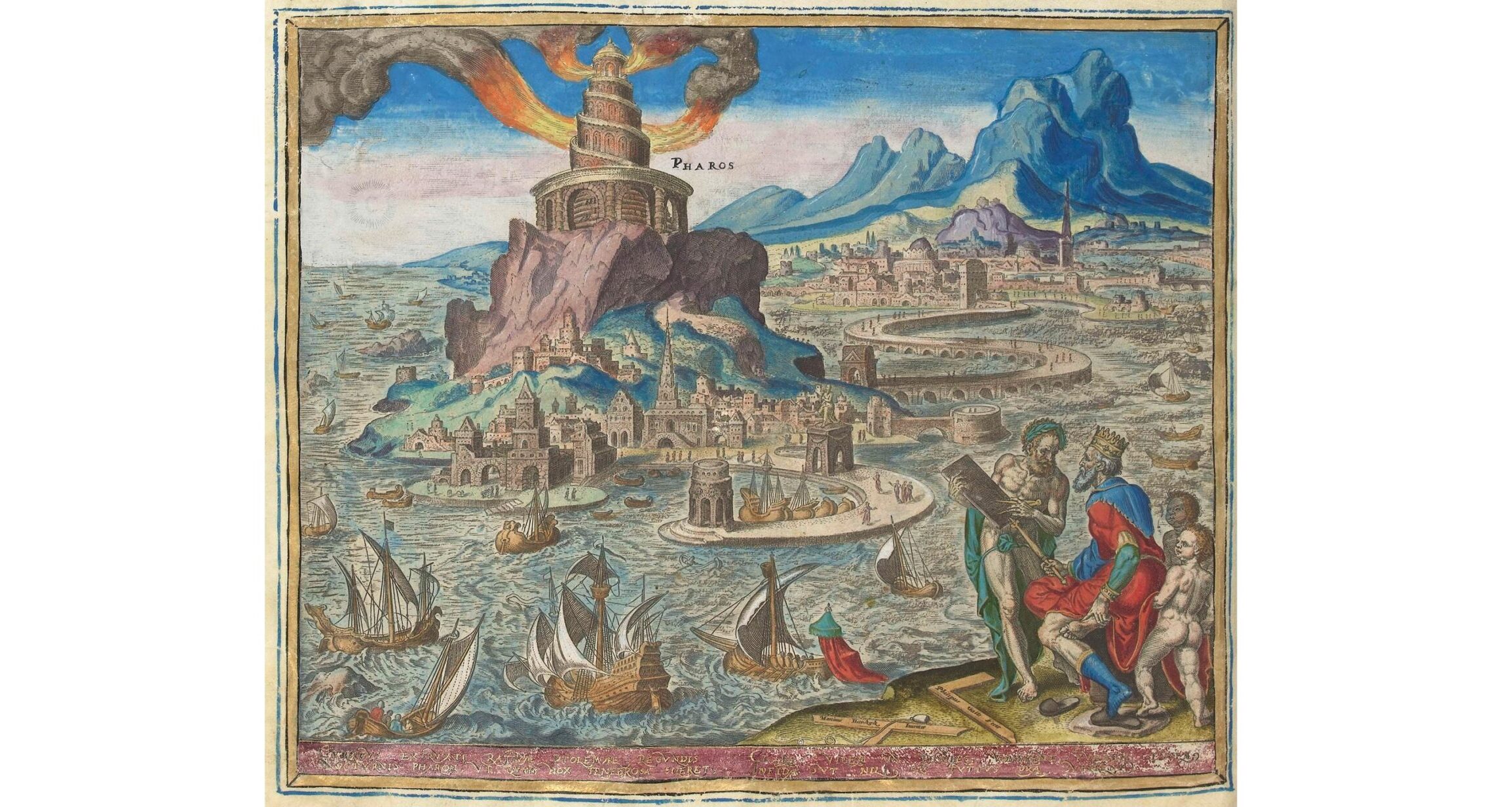Ancient Lighthouse Unearthed on Libya’s Eastern Coast
Archaeologists working along the eastern coast of Libya near Tobruk have uncovered the remains of what is believed to be an ancient maritime lighthouse, officials announced on Monday. The joint Libyan-international mission reported the discovery, which may date to the Greek or Roman era, according to Libya’s state news agency.
The structure includes parts of a circular stone base and the foundations of a tower, suggesting a tall beacon that once helped guide ships safely to shore. Archaeologists also recovered pottery shards and small statues, indicating that the area served as a vibrant port with active trade and cultural ties across the Mediterranean.
This holiday season, give to:
Truth and understanding
The Media Line's intrepid correspondents are in Israel, Gaza, Lebanon, Syria and Pakistan providing first-person reporting.
They all said they cover it.
We see it.
We report with just one agenda: the truth.


“This discovery could reshape our understanding of ancient seafaring and the network of ports that connected civilizations,” the research team stated, emphasizing the historical value of the find for mapping ancient maritime routes.
The lighthouse’s location in Tobruk underscores the city’s strategic importance in antiquity. Situated along Libya’s northeastern coast near the Egyptian border, Tobruk was historically a key transit point and naval station. The presence of Greek and Roman artifacts aligns with broader archaeological evidence of classical influence in the region.
Researchers are continuing to analyze the materials and excavate the site, which may yield additional insights into Libya’s role in regional trade and cultural exchange during the classical period.
Excavations remain ongoing, with further announcements expected as more artifacts are studied.

